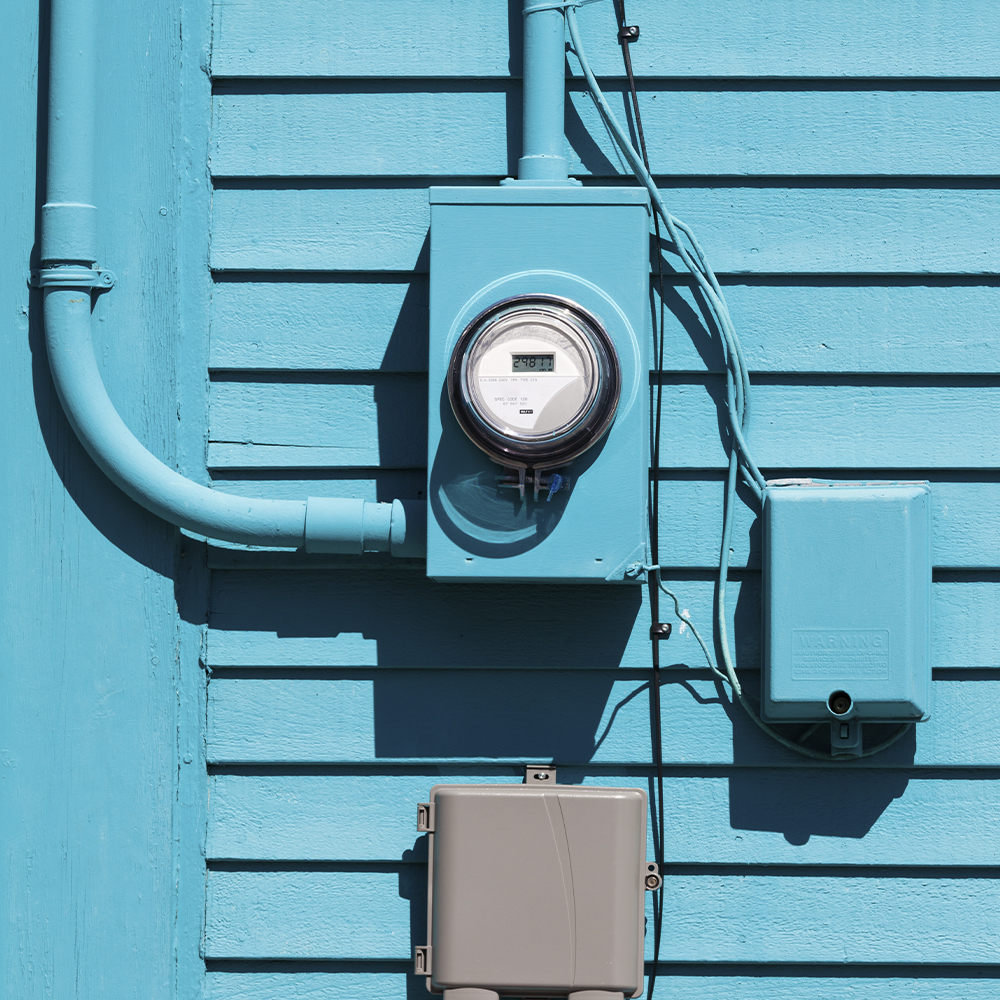
The advent of renewable energy technologies has ushered in a new era of electricity generation, one that promises to be cleaner, more sustainable, and less reliant on finite resources. Among these technologies, solar and wind energy stand out as two of the most promising and widely adopted sources of renewable power. However, their integration into the existing power grid is not just a matter of adding more generation capacity. It represents a profound transformation of the energy landscape, one that could revolutionize the way we produce, distribute, and consume electricity. This article explores how the amalgamation of solar and wind energy can fundamentally reshape the power grid, highlighting the technological, economic, and environmental implications of this transition.
Unleashing the Potential of Solar and Wind Energy
Solar and wind energy, both abundant and widely available resources, offer a compelling solution to the world’s growing energy demands. Cosmic panels convert sunlight into electricity, while wind turbines harness the kinetic energy from wind, transforming it into power. The scalability of these technologies allows for their deployment across a variety of settings, from residential rooftops to large-scale farms. Their potential is vast; according to the International Energy Agency (IEA), solar and wind could meet more than one-third of our global power needs by 2040.
Challenges of Integration
Integrating solar and wind energy into the existing grid presents several challenges. The most significant of these is their intermittent nature. Unlike conventional power plants that can produce electricity on demand, solar and wind generation is dependent on weather conditions, leading to fluctuations in power supply. This variability can cause imbalances in the grid, making it difficult to ensure a consistent and reliable supply of electricity.
To address these challenges, advancements in energy storage technologies and grid infrastructure are crucial. Battery storage systems can store excess energy generated during peak production times and release it when demand is high or generation is low. Additionally, improvements in grid infrastructure, such as the development of smart grids, can enhance the system’s ability to manage the variability and distributed nature of solar and air energy sources.
Economic Benefits – Solar and Wind Energy
The economic implications of integrating solar and wind energy into the power grid are profound. First, it can lead to a significant reduction in energy costs. The fuel for Cosmic wind energy—sunlight and wind—is free, making these sources of power inherently cheaper than fossil fuels over their lifespan. Furthermore, as technology advances and economies of scale are achieved, the upfront costs of solar panels and wind turbines continue to decrease, making them even more competitive.
Moreover, the transition towards solar and wind energy can spur job creation in the renewable energy sector, from manufacturing and installation to maintenance and operation of renewable energy facilities. This shift not only supports economic growth but also facilitates a transition towards a more sustainable and environmentally friendly energy system.
Environmental Impact of Solar and Wind Energy
The environmental benefits of solar and wind energy are undeniable. By replacing fossil fuel-based power generation, these renewable sources significantly reduce greenhouse gas emissions, contributing to global efforts to combat climate change. Furthermore, this have a minimal impact on water resources and produce no air pollution, addressing some of the major environmental concerns associated with conventional power generation.
The Future of the Power Grid
The integration of solar and wind energy is transforming the power grid into a more flexible, resilient, and sustainable system. With the advancement of technologies such as energy storage and smart grids, the challenges of variability and integration are being addressed. This transformation is not just about adding renewable energy sources to the grid; it’s about rethinking the structure and operation of the grid itself.
Smart grids, which use digital technology to monitor and manage the flow of electricity from all sources, can optimize the use of solar and air energy. They enable the dynamic balancing of supply and demand, enhance grid stability, and improve the efficiency of electricity distribution. Furthermore, the decentralization of power generation, with more consumers also becoming producers (prosumers), reshapes the traditional energy supply model, making the grid more resilient to disruptions.
The integration of solar and wind energy into the power grid represents a pivotal shift towards a more sustainable, efficient, and resilient energy system. While challenges remain, the potential benefits—economic, environmental, and social—are immense. Through continued innovation and investment in renewable energy technologies and grid infrastructure, it can indeed revolutionize the power grid, ushering in a new era of clean, sustainable power for future generations. This transformation not only aligns with global efforts to mitigate climate change but also offers a pathway towards energy independence, reducing our reliance on finite resources and promoting a more equitable and sustainable world.